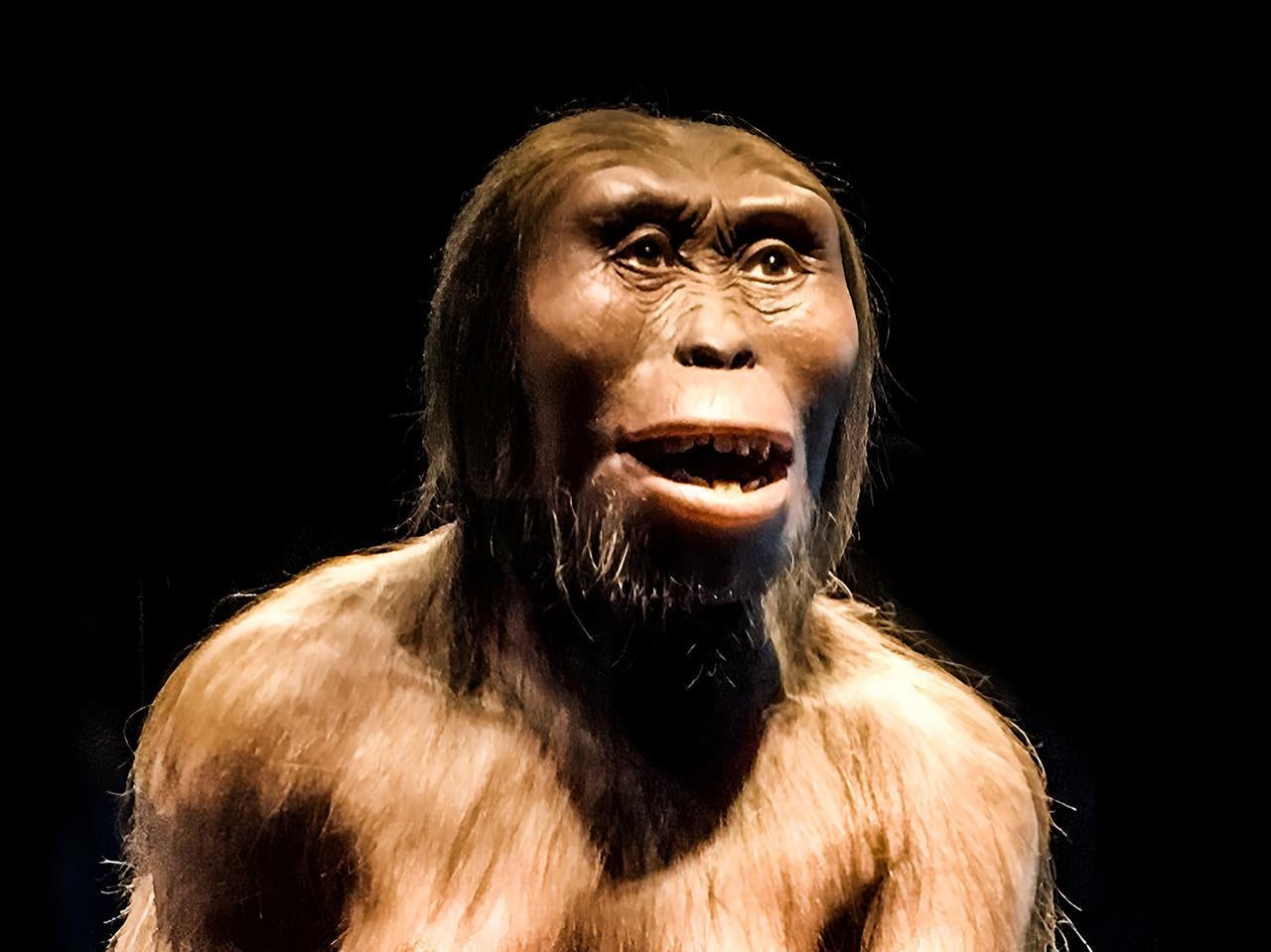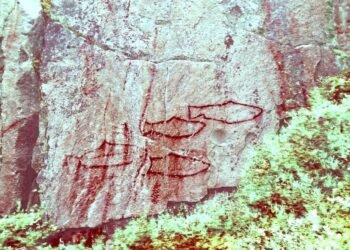A new study, detailed in the journal PNAS, has uncovered the intricate crafting techniques employed by pre-Homo sapiens humans in crafting hunting weapons and tools.
Archaeologists, utilizing cutting-edge imaging techniques including 3D microscopy and micro-CT scanning, meticulously analyzed artifacts discovered at the Schöningen site in Germany, dating back an astonishing 300,000 years.
The Schöningen site, located within an open-cast lignite mine, has long been a focal point for archaeological exploration, with excavations conducted between 1994 and 1999 under the supervision of Hartmut Thieme from the Lower Saxony State Office for Cultural Heritage (NLD). This site is believed to have been a lakeshore hunting ground during the Paleolithic period.

Among the remarkable findings were over twenty spears and throwing sticks, each revealing a sophisticated understanding of woodworking techniques. Dr. Dirk Leder, a key figure in the study from the NLD, remarked, “There is evidence of much more extensive and varied procedures in the processing of spruce and pine wood than previously thought.” The analysis unveiled how these ancient craftsmen expertly re-sharpened broken points of spears and throwing sticks, alongside the utilization of specialized methods such as “wood splitting.”
Dr. Annemieke Milks, from the University of Reading, expressed astonishment at the precision exhibited in the crafting of these tools, stating, “What surprised us was the high number of tip and shaft fragments of spears and throwing sticks that were previously unpublished.”
The significance of wood as a raw material during this era cannot be overstated. Professor Thomas Terberger, project leader from the NLD and the University of Göttingen, emphasized, “Wood was a crucial raw material for human evolution, but it is only in Schöningen that it has survived from the Paleolithic period in such great quality.” The findings highlight not only the technical expertise but also the resourcefulness of early humans in utilizing natural materials for their survival and advancement.
Moreover, the study draws attention to the cultural heritage preserved at the Schöningen site, which has recently been nominated for inclusion in the UNESCO World Heritage list. Its inclusion would further solidify its status as an internationally significant site for understanding the early development of human societies.






















